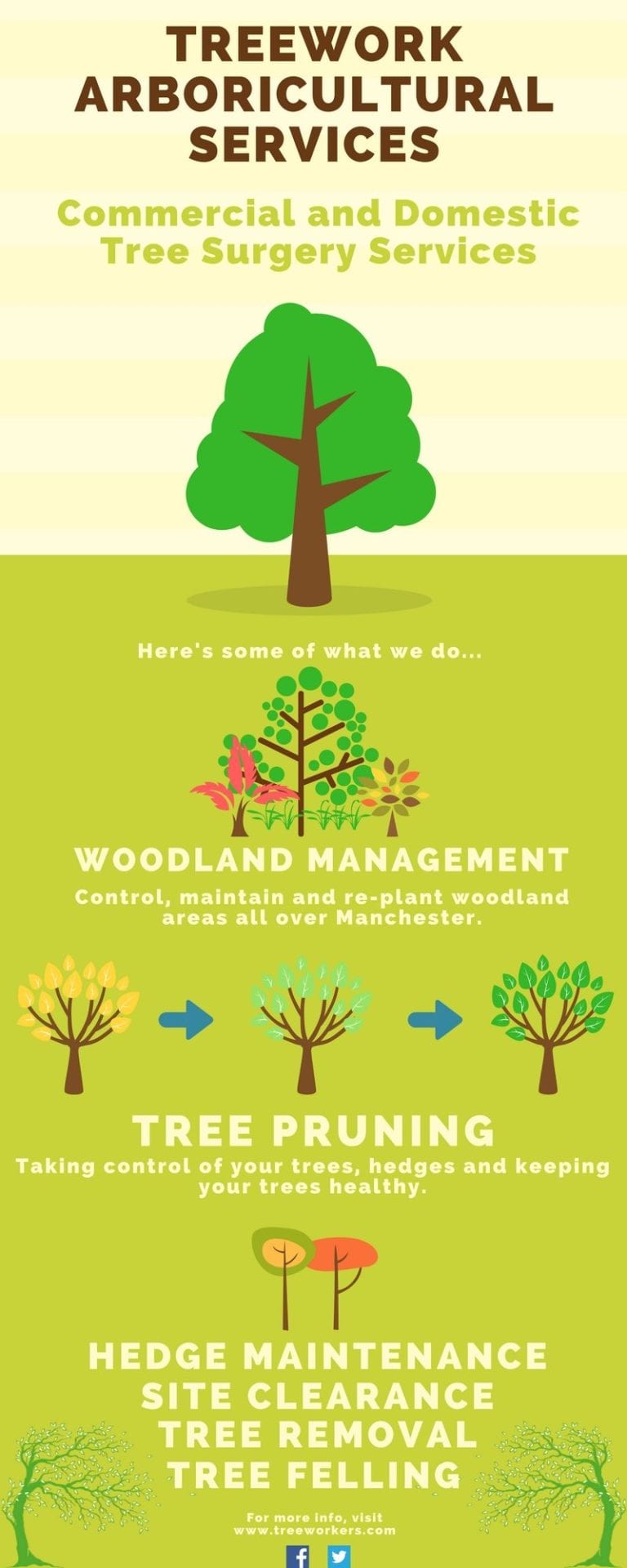Post-Tree Removal Assistance: How To Effectively Recover Your Landscape
Post-Tree Removal Assistance: How To Effectively Recover Your Landscape
Blog Article
Author-McMillan Massey
After a tree's removal, your landscape may look rather various, and it's important to assess the results very carefully. You'll intend to assess the dirt disturbance and check bordering plants for any kind of signs of stress and anxiety. Overlooking these factors can bring about larger problems down the line. So, what should you finish with those stumps and roots? And exactly how do you choose the most effective plants for your rejuvenated area? Let's check out these vital actions.
Assessing the After-effects: Reviewing Your Landscape
After a tree removal, it's essential to examine your landscape to understand the impact it has on your backyard.
Begin by analyzing the area where the tree stood. Search for indicators of dirt disruption, and inspect the bordering plants for any type of tension or damage.
https://www.tiktok.com/@precisiontimberfe must likewise keep in mind of exactly how the elimination has actually changed sunshine direct exposure and air movement in your yard. This shift can impact the growth of neighboring plants, so it's vital to assess their wellness.
Think about the aesthetic facets too; the elimination might produce an open space that you can redesign.
Ultimately, think of Remove Tree Stump of prospective erosion concerns that may emerge from the tree's absence. Attending to these factors early will assist recover equilibrium to your landscape.
Dealing With Stumps and Origins: Options for Elimination
As soon as you have actually assessed the after-effects of the tree elimination, you'll likely need to deal with the stump and origins left behind.
You have a couple of alternatives for removal. One reliable approach is stump grinding, where an expert uses an equipment to grind the stump to below ground degree. This method leaves very little disruption to your landscape.
If you prefer a do it yourself method, you can use a mix of excavating and chemical stump removers. Just keep in mind, this procedure can take some time and effort.
Conversely, consider leaving the stump as a natural function, which can serve as an unique garden aspect or environment for wildlife.
Whatever you select, attending to the stump and roots is crucial for restoring your landscape.
Picking the Right Plants for Your New Room
As you evaluate your newly removed room, choosing the right plants can dramatically enhance your landscape's appeal and performance.
Begin by taking into consideration the sunlight and soil problems. For sunny locations, go with drought-resistant plants like lavender or succulents. In shaded places, ferns and hostas flourish well.
Think about the size and development habits of your plants; mix perennials and annuals for seasonal range. Don't fail to remember to incorporate indigenous types; they need less upkeep and assistance local wildlife.
Group plants in odd numbers for a much more all-natural look and produce layers for aesthetic depth.
Lastly, ensure you have a mix of colors and structures to keep your landscape lively throughout the seasons.
Happy planting!
Verdict
To conclude, restoring your landscape after tree removal is a rewarding process. By analyzing the aftermath, resolving stumps and roots, and picking the right plants, you'll produce a growing environment. Do not fail to remember to include disintegration control actions to secure your soil. With a little effort and treatment, you can change your room into a vibrant yard that boosts your residential or commercial property. Accept the possibility to rejuvenate your landscape and enjoy the charm of nature right in your backyard!
